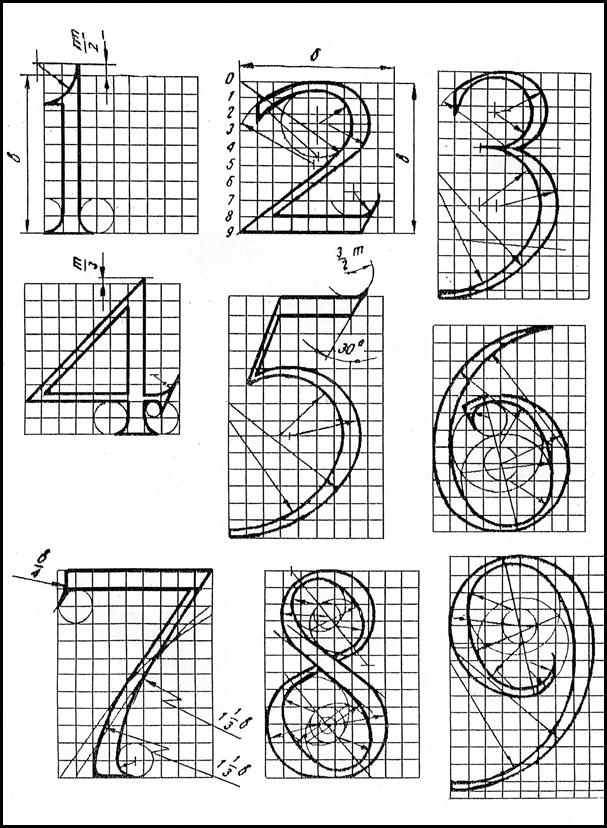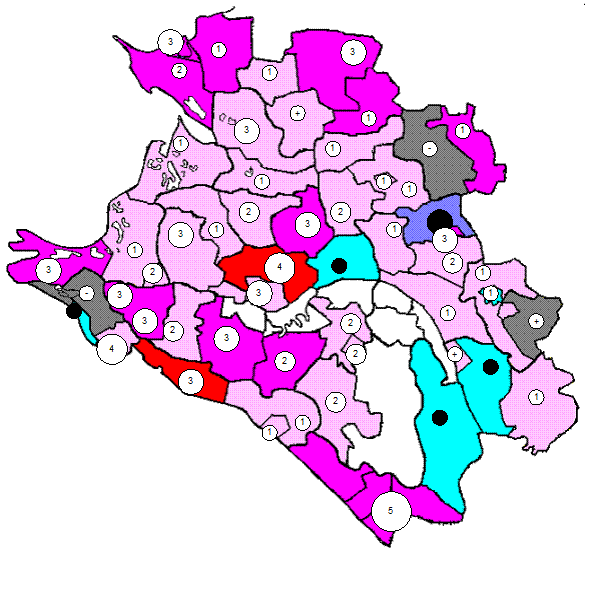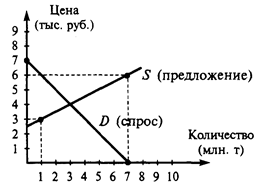State Courts
Each state has a court system that exist independently from the federal courts. State court systems have trial courts at the bottom level and appellate courts at the top. Over 95% of the nation's legal cases are decided in state courts (or local courts, which are agents of the states). Some states have two appellate levels, and others have only a single appellate court. States vary in the way they organize and name their courts, but they usually give some lower courts specialized titles and jurisdictions. Family courts settle such issues as divorce and child-custody disputes, and probate courts handle the settlement of the estates of deceased persons. Below these specialized trial courts are less formal trial courts, such as magistrate courts and justice of the peace courts. These handle a variety of minor cases, such as traffic offenses, and usually do not use a jury. Cases that originate in state courts can be appealed to a federal court if a federal issue is involved and usually only after all avenues of appeal in the state courts have been tried. In 1990 there were over 88 million cases heard at the state trial courts throughout the U.S. One hundred and sixty seven thousand cases were appealed at the next level, while sixty two thousand made it to the state courts of last resort. Federal Courts of Appeal. When cases are appealed from district courts, they go to a federal court of appeals. Courts of appeals do not use juries or witnesses. No new evidence is submitted in an appealed case; appellate courts base their decisions on a review of lower-court records. In 1990, the 158 judges handled about 41, 000 cases. There are 12 general appeals courts. All but one of them (which serves only the District of Columbia) serve an area consisting of three to nine states (called a circuit.) There is also the U.S. Court of Appeals for the Federal Circuit, which specializes in appeals of decisions in cases involving patents, contract claims against the federal government, federal employment cases and international trade. Between four and twenty six judges sit on each court of appeals, and each case is usually heard by a panel of three judges. Courts of appeals offer the best hope of reversal for many appellants, since the Supreme Court hears so few cases. Fewer than 1 percent of the cases heard by federal appeals courts are later reviewed by the Supreme Court.
Federal District Courts. All federal courts, except for the U.S. Supreme Court were created by Congress. There are ninety four federal district courts across the country, with at least one in every state (larger states have up to four). There are about 550 federal district-court judges who are appointed by the president with the advice of the Senate. District courts are the only courts in the federal system in which juries hear testimony in some cases, and most cases at this level are presented before a single judge. They heard about 267, 000 cases in 1990. Federal district courts are bound by legal precedents established by the Supreme Court. Most federal cases end with the district court's decision. Court of Military Appeals. The Court of Military Appeals hears appeals of military court-martial (when a person who is in the military commits a crime they can be tried and punished by the military courts.) Court of International Trade. The Court of International Trade hears cases involving appeals of rulings of U.S. Customs offices. Court of Claims. The Court of Claims hears cases in which the U.S. Government is sued.
|




